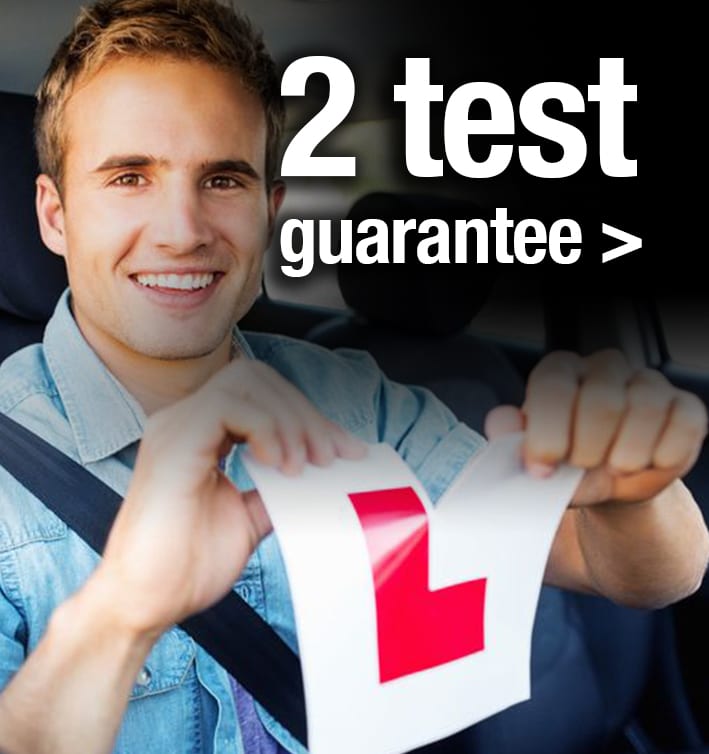One of the techniques made available to you on a BIG TOM Intensive Driving Course is reflection. This blog from Tom Ingram (Owner of BIG TOM) explains how it helps you to learn.
I have seen over the years some truly wonderful examples of how reflection can help pupils learn to drive. In the BIG TOM pre-course videos I expand on the subject but I can emphasise some key points here too. One of the first essential points to grasp is that when one of my pupils reflects on their experience they are making it very personal and truly understanding how they think about any given subject. I have seen pupils reflect on technical driving ability, confidence levels, emotional feelings, driving tests and/or examiners, perceptions of danger etc. Whilst a BIG TOM template is provided to you on Day 1 of your course that is only a helping hand to guide you, “reflection” as a learning technique can be undertaken at any given time and in any kind of format. I have seen extremely colourful mind-maps before, watched a YouTube video of a learner reflecting on his driving test, read tweets and blogs, I have been in many conversations in the car with pupils – how this occurs is entirely up to the pupil (if you want to see a superb blog as an example click HERE) . The structure or formality is not the important thing, let me explain why it is important.
When a pupil starts to think deeply about a particular aspect of learning to drive, they will start to open their mind about what really is affecting them. Being able to do this is by no means a given for everyone, but with practise you can learn to – and you will be given that opportunity to learn this skill on your BIG TOM course. So if you mention for example a general feeling of loss of confidence while driving, when you dig down deeper in your thoughts, you might identify that as you are driving along, you are in fear that at any moment something is going to happen which really makes you feel unsafe. If you were NOT to continue delving into these thoughts, that general feeling may linger around for quite some time, nagging away at confidence levels. But with some more reflection, and perhaps utilising some techniques that assist, you may realise that what is actually at the heart of this problem is when the car rolls backwards when moving off on a hill. It is actually that particular aspect that really does undermine confidence, affects nerves, and the level of anxiety that it creates has other knock on effects to the training session. But continuing to concentrate on the root cause, further reflection might actually discover that whilst you have knowledge of the importance of finding the “biting point” on the clutch, actually doing that is another matter, and that tends to be rather hit and miss. You have managed to recognise that your feelings are not great while training, and through a process of personal thought, have actually realised the problem stems whenever the car has to be moved off from a incline and this feeling of impending doom is because where you train there actually aren’t that many hills, but when one does come along, the inevitable happens. The SKILL that is needed to be learnt (raised awareness of, practised and refined) is clutch control and in particular finding the correct “biting point” on the clutch and the practical co-ordination of releasing the handbrake whilst controlling the foot pedals.
The reason why it is so powerful to be able to develop this skill of reflection is because it is assisting you to evaluate how your feelings affect your driving actions and confidence – the two are interwoven. This skill is essential for continued improvement after you pass your driving test. No driving examiner is expecting to see the “finished article” when a pupil goes on a driving test, they recognise that there will still be room for improvement post-test. This skill of reflection enables you to consider your strengths and weaknesses and identify what it is that is actually creating the situation that occurs. The beauty with this approach is that it equips you to effectively learn rather than setting an expectation on your driving instructor to try and second guess what you are thinking and feeling…. they may guess correctly, they may not.
Look at the level of thinking Kirsty Leanne goes to in the example blog I have given above:
Right now I am starting to accept that passing my test is going to be a lot more difficult than I had originally thought. I thought that I would be okay if I bought a car to learn in, but I have found that I am still not picking up clutch control and changing the gears. If I’m being honest, I find driving petrifying.
My biggest worry is whether not me, or other drivers, are being safe while on the road. There are lots of little factors that make up whether or not you can be considered ‘safe on the road’, so it terrifies me being on the road as a learner when I can’t confidently tell you what all of these factors are.
When you read the above, can you begin to see the power of this? I hope this blog helps my BIG TOM customers.





